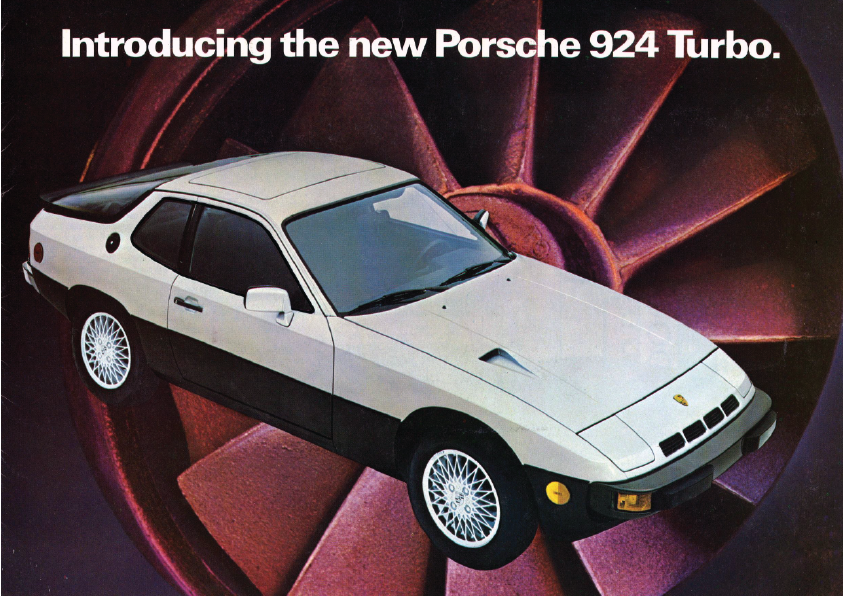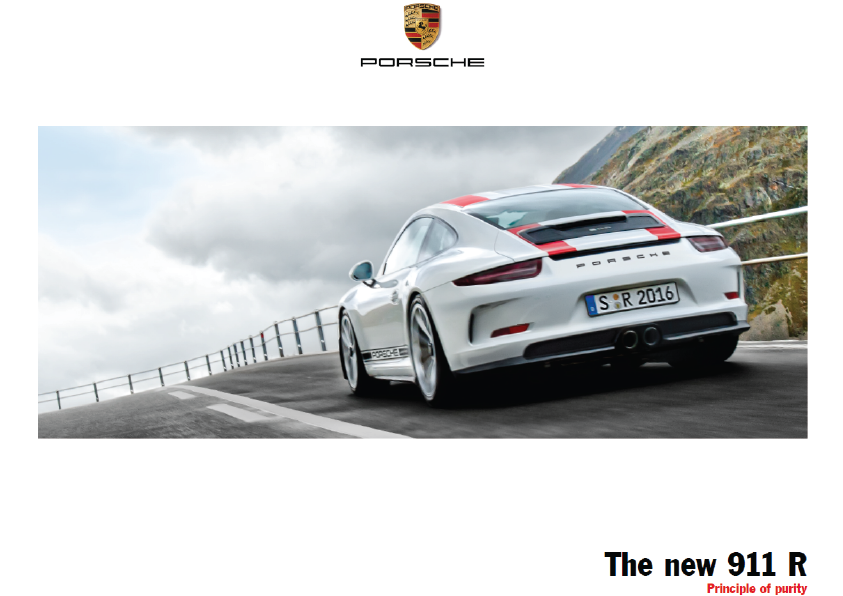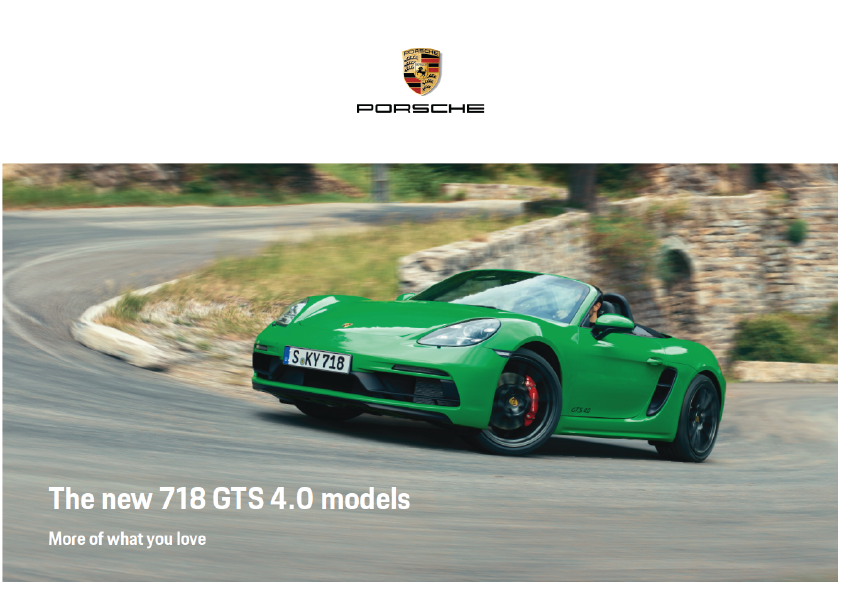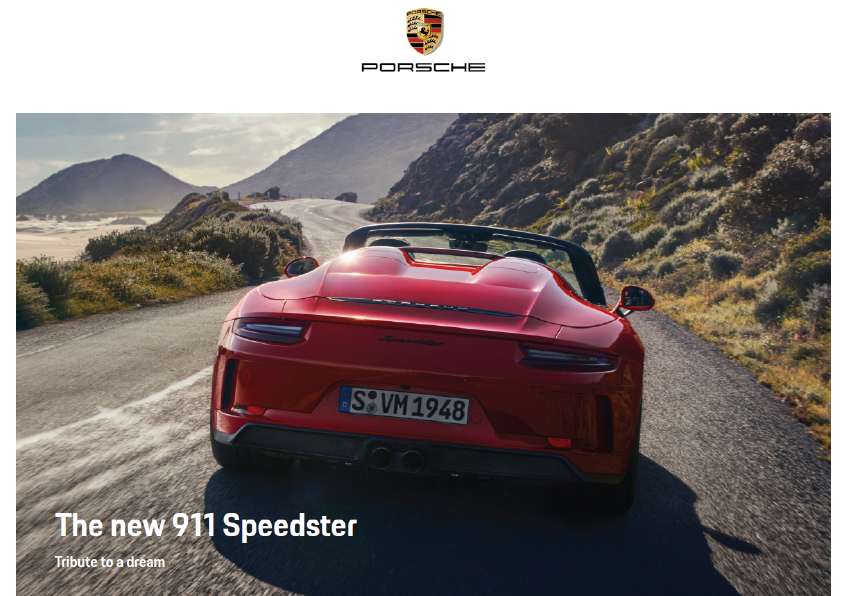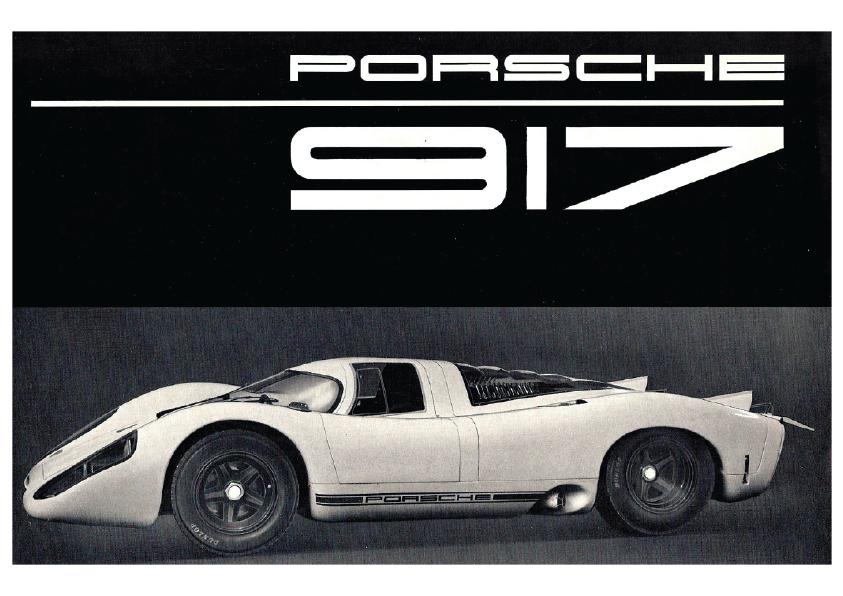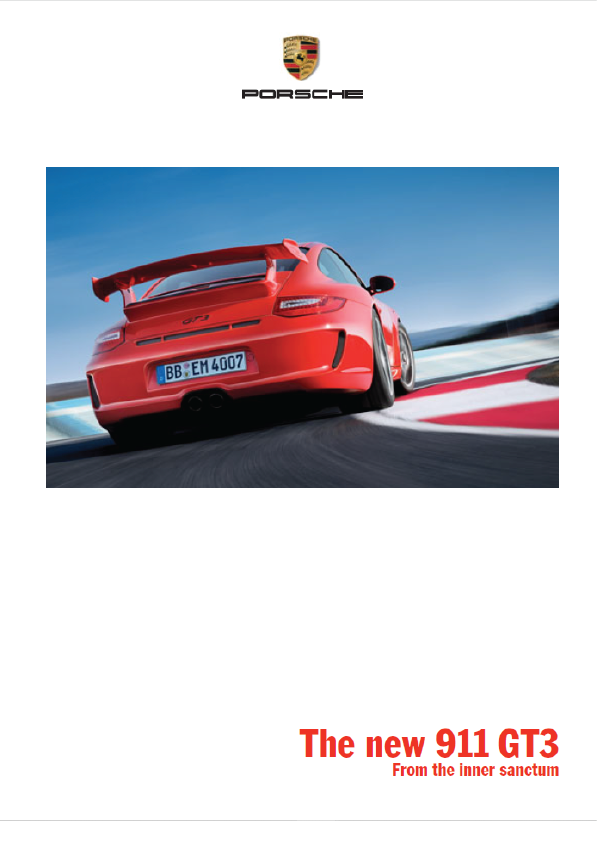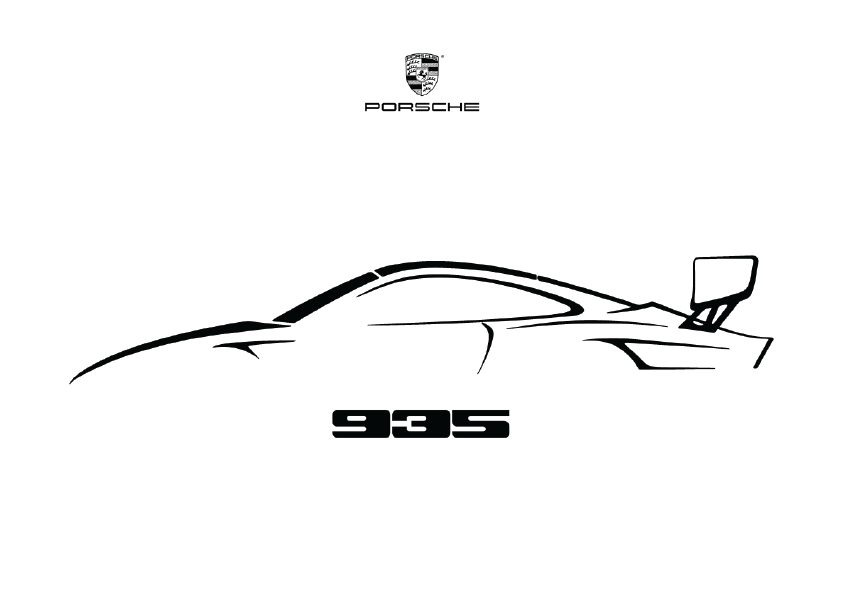The Porsche 924 and 924 Turbo.
Both look, handle, and achieve the top speeds you’d expect from a sports car. Then what’s the difference?
Before its turbo engine was developed, the Porsche 924 had already established itself on the track. In its first year of competition, the Porsche 924 charged to the head of its class in a Pacific Coast Road Racing Championship. Its passing acceleration and top speed made it a competitor to be reckoned with. Yet we found a way to make it even faster
Turbocharging makes the difference. The new turbo model elevates the 924 into the class of Porsche’s top performance cars. This puts it into very fast company. If you’re an enthusiast who demands a faster 0 to 60 time (9.3 seconds compared to 11.2 for the regularly aspirated 924) and a higher top speed (132 mph vs. 120 mph), the 924 Turbo may be your sports car. However, you may find after test driving both cars that the standard 924 performs to your accelerator foot’s content.
It’s what they have in common that makes them handle uncommonly well. To begin with, there’s the 924’s independent suspension. Independent to prevent road shocks from being transferred from one wheel to the other, or to the steering wheel. Its light unstrung weight (which is even less since the switch to light alloy wheels) helps to further keep rough road hops from jarring the driver or passengers. Its MacPherson struts in front, and torsion bars and semi-trailing arms in the rear assure that the car will really hug the road. In all, it’s a suspension that lets the driver maintain a feel of the road, but not its annoyances. Then there’s the front engine/rear transaxle de sign, engineered especially by Porsche for the 924. For where other cars have the engine and trans mission both up front or in the rear, the 924 splits the weight of the two: Engine in front, transaxle in the rear, connected by a torque tube and a high speed drive shaft. The result is well-balanced weight distribution (48% front/52% rear) for neutral cornering. with a slight bias toward the rear driving wheels for good traction and handling. By separating the weight masses, a “high polar moment of inertia is achieved to help reduce pitching forward during braking, resist crosswinds and increase directional control. Braking is a dual diagonal system two index pendent circuits, each controlling one front and its diagonally opposite rear brake. Combined with negative steering roll radius, the system helps maintain efficient stopping power and directional control, even if one brake circuit should fail. As good as all this is, you can make it even better A special sports group upsizes the wheels to 16 inches on the 924 Turbo and converts front disc/rear drum brakes to four wheel vented discs. The optional package also includes 205/55 VR 16 tires front (23 mm) and rear (14 mm) stabilizer bars, sport shock absorbers. The 924 and 924 Turbo are cars that the technically oriented can really appreciate. But they also provide driving enjoyment everyone can enjoy.
The Porsche 924 has always been a well insulated car. And though the turbocharger increases the horsepower by 30%, it decreases the decibel level, since less engine revolutions are required during acceleration. Both models are also plush with abundant thick carpeting. The seats are upholstered in smart fabrics, trimmed with leatherette, or in full leatherette at no extra cost. Genuine leather upholstery is available as an option.
